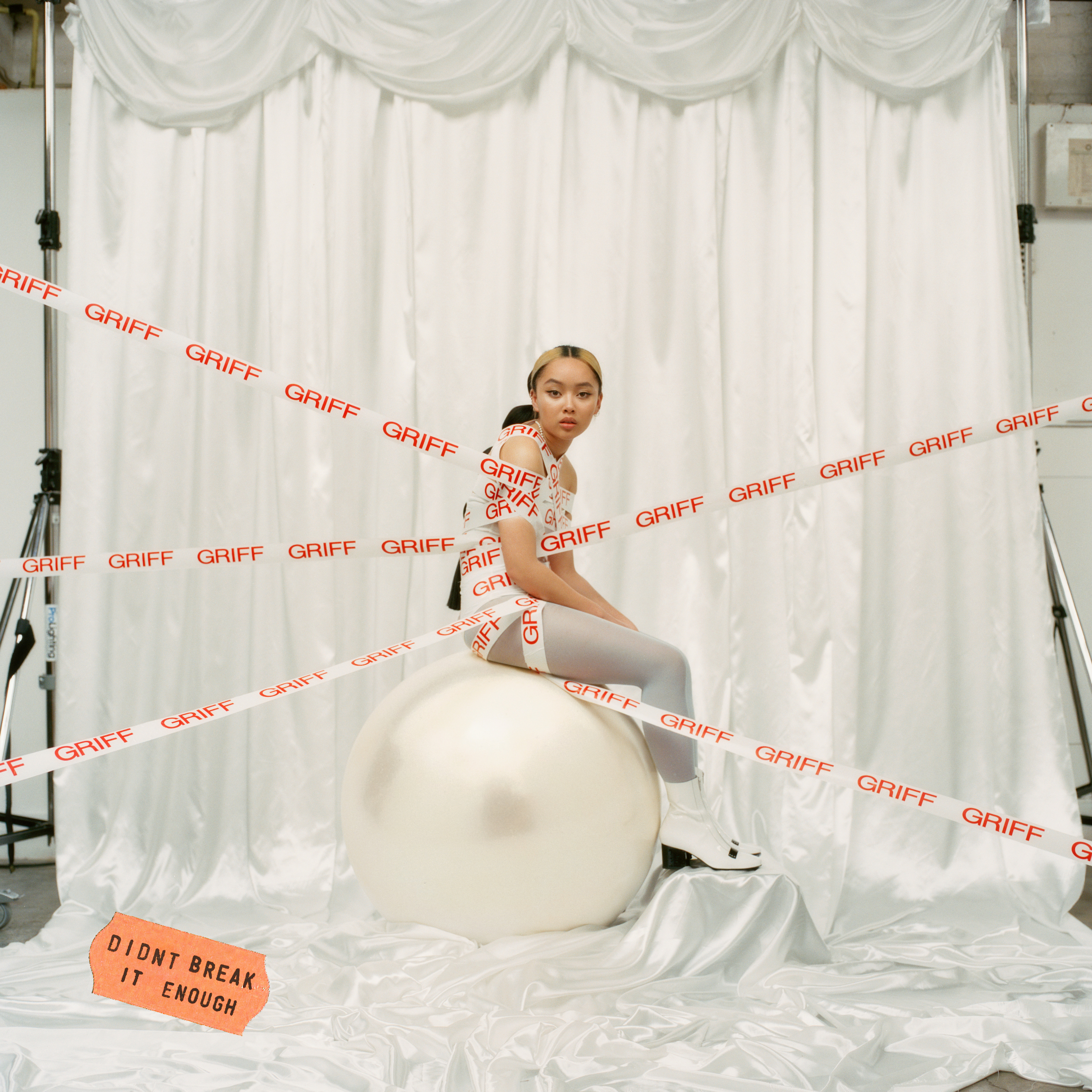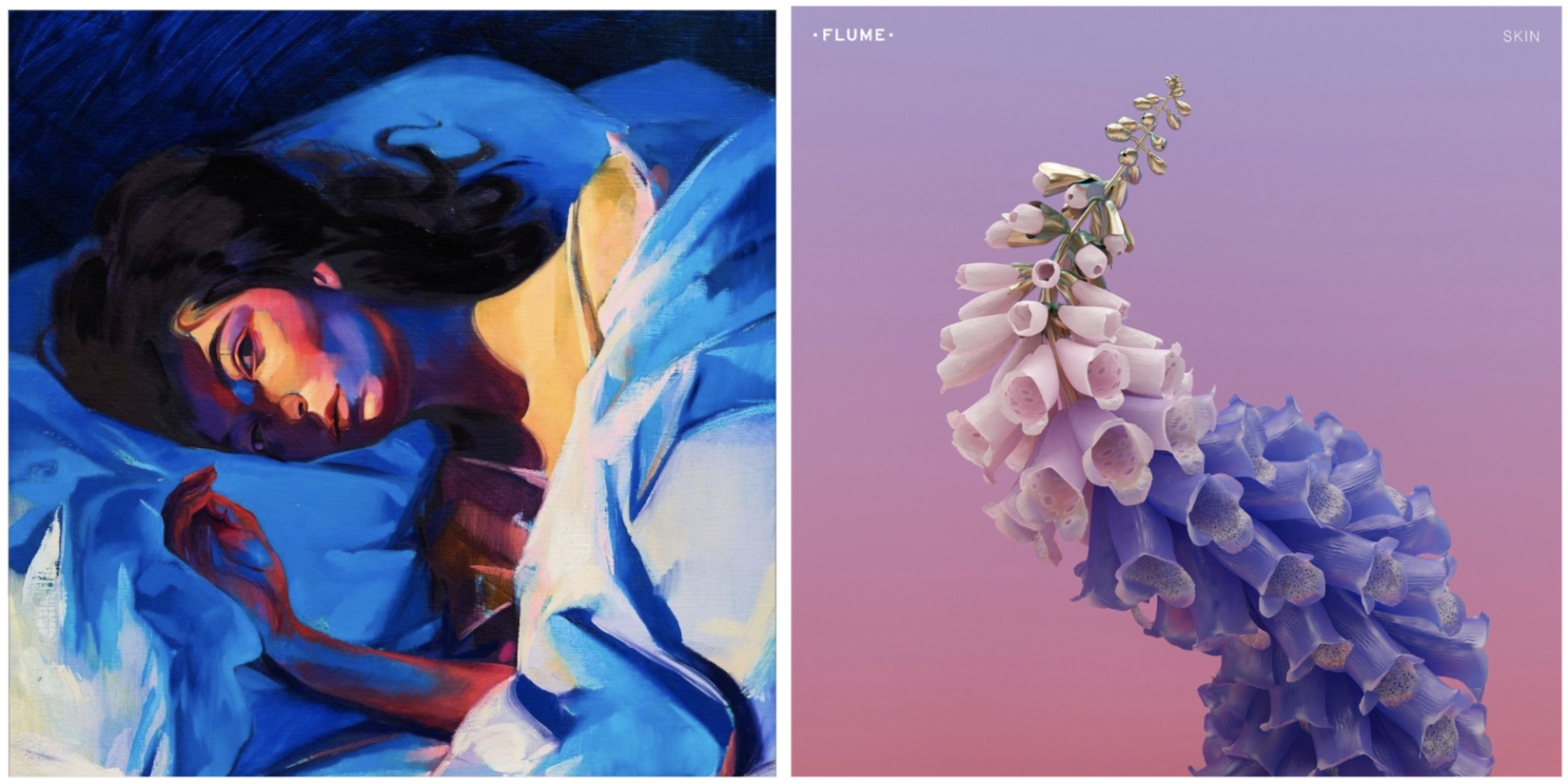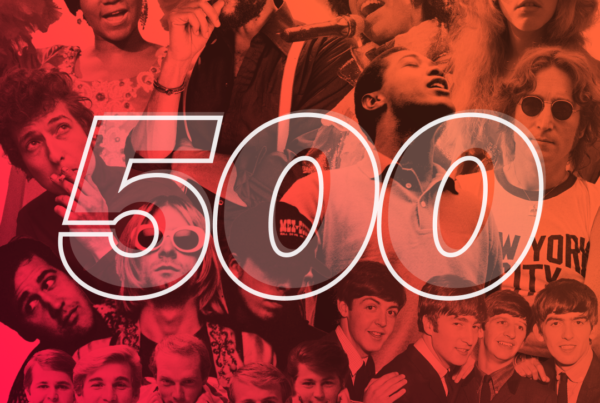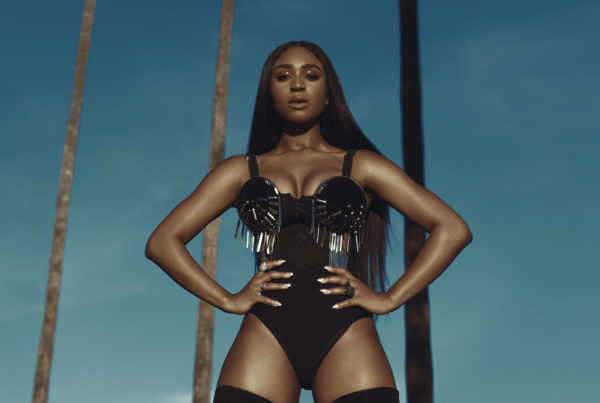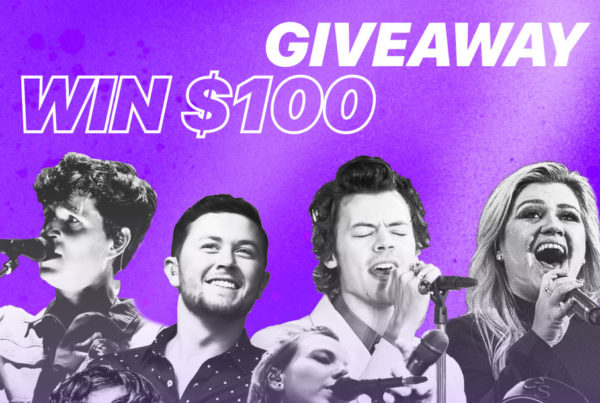They say not to judge a book by its cover, but there’s no doubt that many do, anyway. The same notion applies to music, in many cases.
In the music industry today, we’re experiencing a high saturation of releases. While this doesn’t mean that trying to make it in the music world isn’t worth the chase, there’s one important factor that can play a significant role in how an artist’s music performs: cover art.
Here are a few elements to cover art that can lead to a more “streamable” work of music. These are factors you’ll also want to keep in mind when making your picks in FanLabel.
1. It represents the mood
Probably the most important element to an album cover is making sure the style matches the vibe of the music it is representing. A collection of feel-good songs will likely have an album cover that’s brighter with higher saturation. A sad, or more dramatic work will often be darker with less color.
Just take a look at Paramore’s “After Laughter” cover in comparison to their “All We Know is Falling” cover.
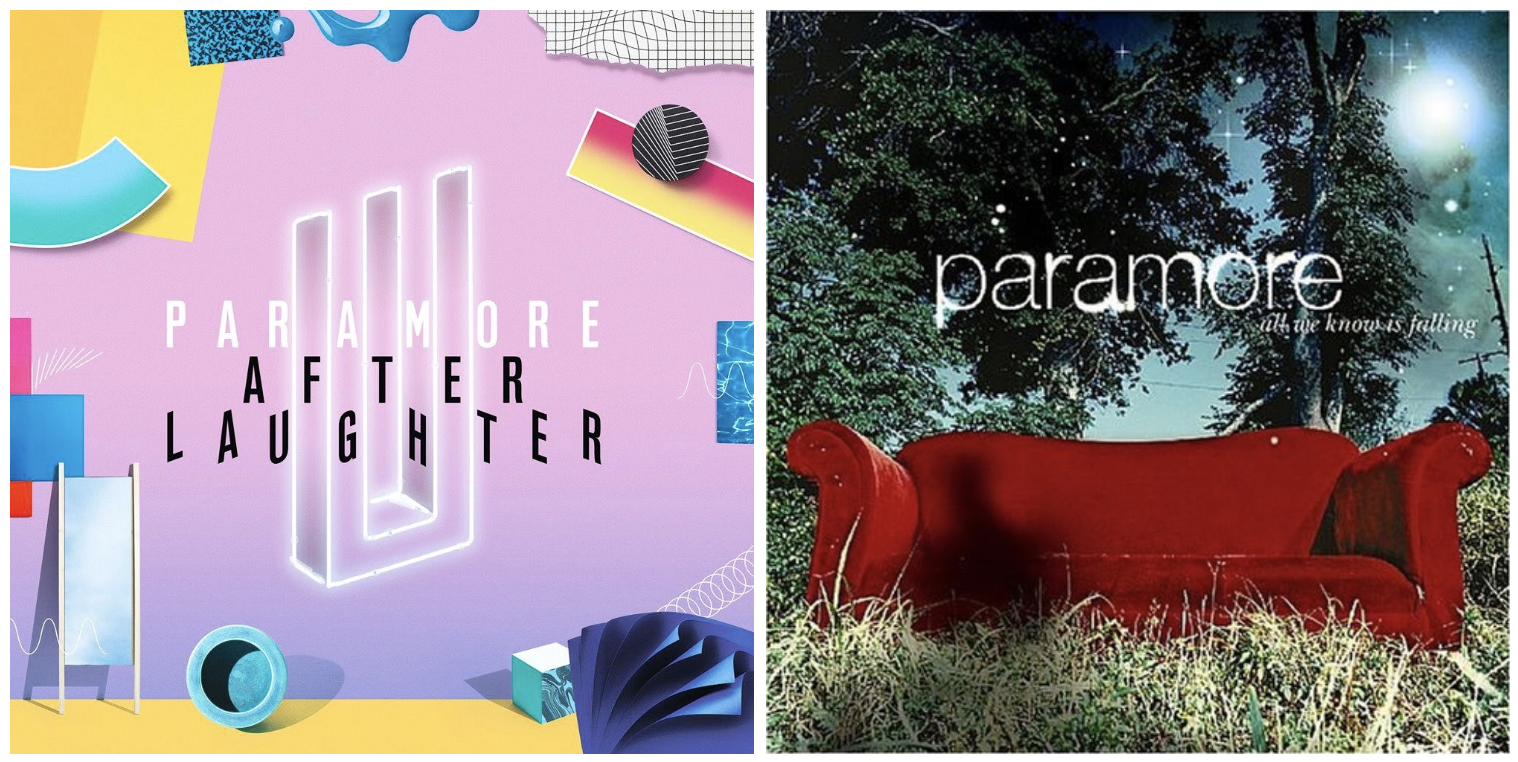
So, how do streams play into album artwork?
If a new listener is attracted to a song by a “happy”-looking cover, only to find that the track they select has a somber tone, they might click away if it doesn’t fit the mood they’re seeking. And, those looking for a melancholy sound may not even hit the “play” button on that project in the first place.
In Paramore’s case, both of the covers mentioned before do a great job of representing the mood that particular album represents.
This ties to the film industry too – no one wants to see a poster similar to “Skyfall” only to be surprised by a movie akin to “Agent Cody Banks.”
By this logic, a project might stream better, and have better retention with listeners if its cover matches its mood because listeners know what to expect.
2. It fits in its genre
When music listeners look through the new release pages on streaming platforms, songs aren’t separated between genres. This is when it’s important to “look the part.” While creativity is important here, it’s also critical to make sure that listeners know what to expect when they hit “play.”
For example, a lot of hip-hop music features a subject with a high contrast of color against a black or white background. A majority of today’s EDM music features 3D art (rarely a portrait). Country music almost always features a portrait with the artist’s name at the forefront.
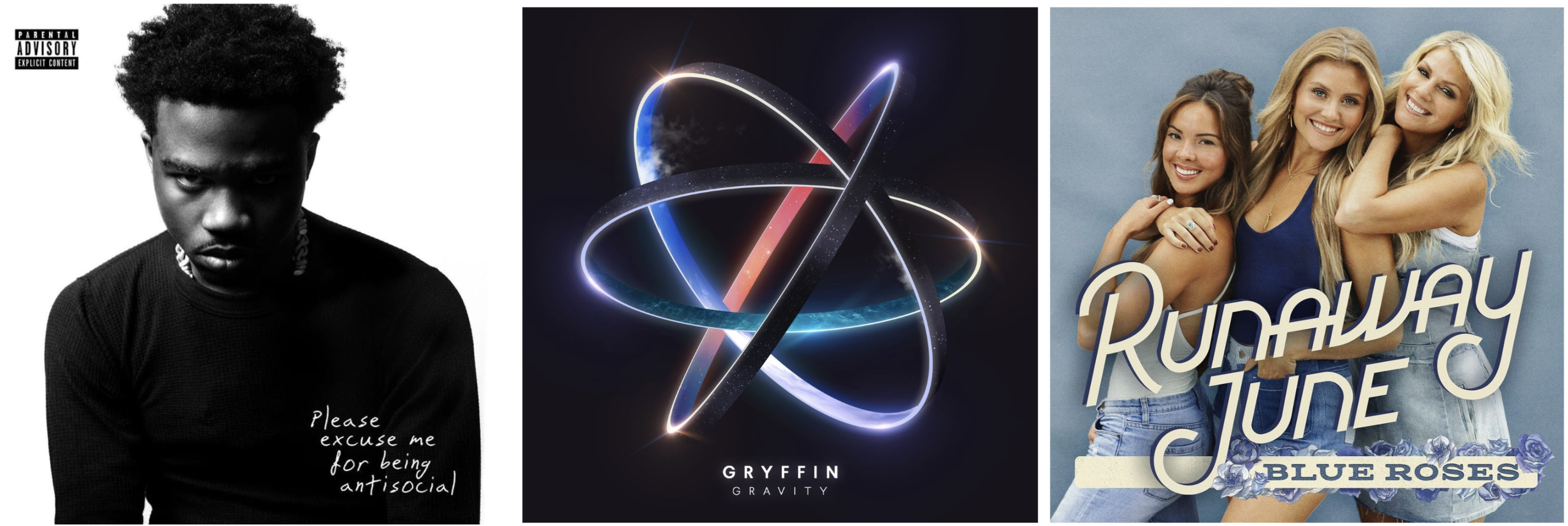
Why is this the case? Listeners are conditioned to correlate sounds with certain types of imagery. There’s a cultural association with what’s presented, and veering away from what consumers are familiar with could lead to lower listenership.
Let’s pretend Runaway June’s “Blue Roses” (right) was actually a hip-hop album. Country fans could be unpleasantly surprised when they hit the “play” button, yet hip-hop fans might not check the album out in the first place.
Illustrator Jonathan Zawanda told Pitchfork, “I guess music has no real visual component, so musicians within a genre start making album covers that look a certain way, that’s when people start thinking that’s how the music looks as well.”
Much like our first factor, artists and labels want to make sure that listeners can predict what genre or sound they’ll hear with a particular album before they listen to it, because this usually will lead to more streams.
3. It’s a work of art on its own
It may seem obvious, but spending the time, money and effort on putting together a fantastic album cover could be a big advantage to artists. If listeners really are judging an album by its cover, using your resources to put together a great work of art could go a long way in gaining more listeners.
Cover art is more than a representation of the music; it’s part of an artist’s brand. If that brand is enticing and engaging, listeners are likely to check out more of an artist’s work.
Take for example, Lorde’s “Melodrama” album cover, painted by Brooklyn-based artist Sam McKinniss. It’s grown to become an iconic image in the alt pop scene, giving the album a memorable illustration that many can’t imagine the album without.
Likewise, aforementioned illustrator Jonathan Zawada was the mastermind behind Flume’s “Skin” album cover. “The work aimed to explore ways of making the digital become organic and find tension points between comfort and discomfort,” Zawada said.
When consumers share an album cover simply because it’s a gorgeous work of art, this is a great means of marketing the music it represents, leading to more streams.
4. It’s shocking
Speaking of marketing, an element of shock is another means of driving attention. This kind of art moves consumers to hit “play” because they just have to know what’s going on.
Both Lady Gaga’s “Born this Way” and Kanye West’s “My Beautiful Dark Twisted Fantasy” (the uncensored version depicting the rapper straddled by a nude, winged, armless woman) received massive buzz when their cover art was revealed, resulting in high streams when the albums were released.
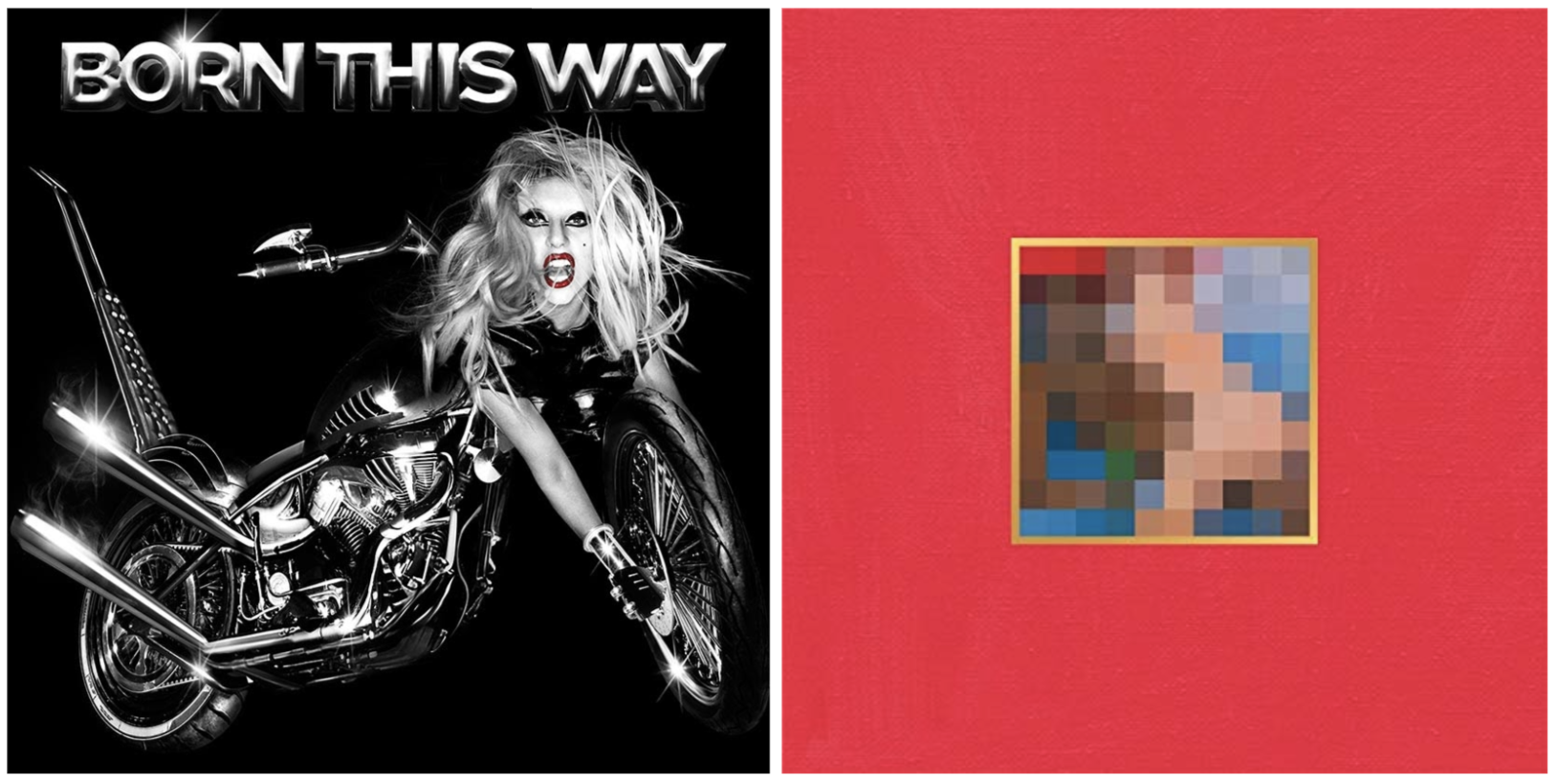
5. It still has text
With physical sales on the decline, music’s primary consumption is digital. An artist’s name and project title will almost always be displayed along with the cover art. Many argue that including an album’s name and title within the cover art itself is no longer necessary.
When the primary goal is optimizing streams, it’s still in an artist’s best interest to include his or her name and the project’s title in the album art. If the internet has taught us anything, it’s that people are more likely to read text within an image than text on its own (this is why so many social media marketers use text on image ads themselves).
The same goes for album cover art.
Including text in the cover art itself leads to a lot more reads of an artist’s name and the project’s title. While it doesn’t necessarily make consumers more or less likely to hit play, it’s another element that can help better market an artist and single/album.
Comparing Rosalía’s “A Palé” and Surface’s “Horizons” on Spotify’s “New Releases” page below, it’s evident which of the two push the artist’s name and project title more. The more that listeners are exposed to a name, the more likely they are to remember it when they want to find the project again. This is especially important for newer fans.
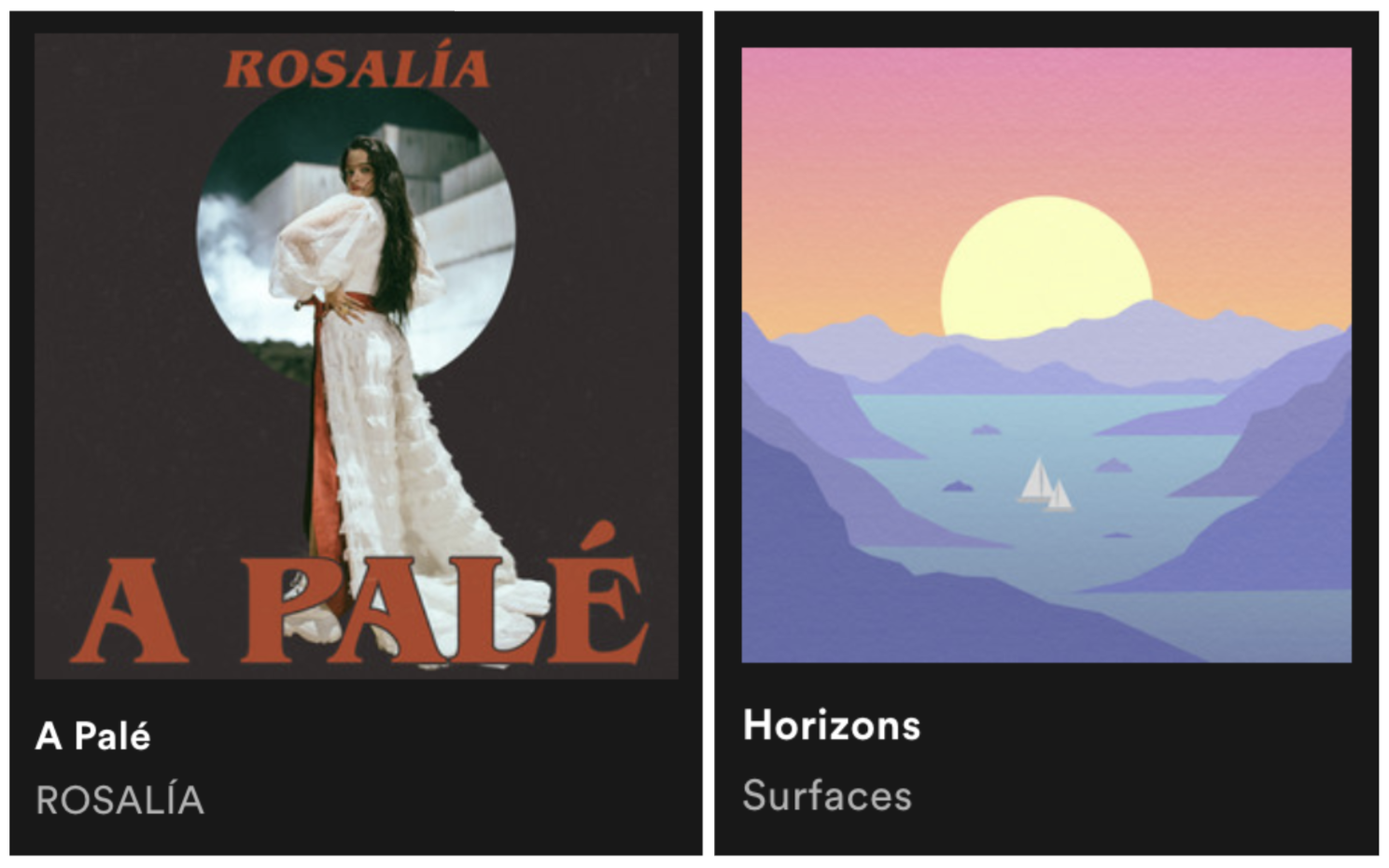
While these five factors don’t guarantee success on their own, they can certainly help optimize cover arts’ role in representing a work of music.
Be sure to keep these points in mind as you’re making your picks in FanLabel!
